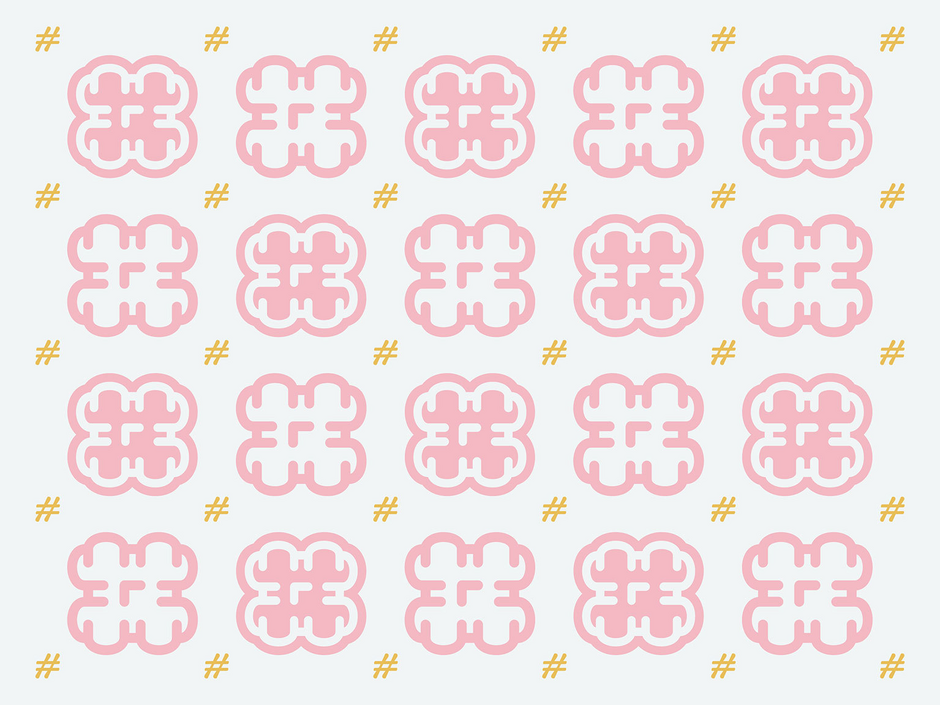Punctuation series: The octothorpe

Punctuation series: The octothorpe
Alessia Mazzarella Knowledge share
Also known as the pound sign, hash, hatch, number sign, and tic tac toe.
Origin
The origins of the octothorpe symbol are unclear, though one of the most credible theories is that the current shape evolved as a shorthand version of the Libra Pondo, or pound in weight symbol, ℔.
Design
The octothorpe may seem pretty straightforward and innocuous in its design, but can get quite tricky in heavy weights: it needs to look as dark as the rest of the shapes, but also preserve its characteristics. To achieve this effect without looking like a dark blobby shape, sometimes the counter is enlarged.
Modern application
Quite neglected in the past, but still present on typewriter keyboards, in the 1960s the octothorpe gained more popularity when it was introduced on telephone keyboards by Bell Labs once the dual-tone multi-frequency signalling (DTMF) system replaced rotary dialling. Today it is one of the most frequently used symbols, thanks to its function as a marker of tags on Twitter and Instagram.
Outside of the social media sphere, the octothorpe is a very versatile symbol. Its meaning (and name) varies depending on the context that surrounds it: in north America it’s generally used before numerals to indicate “number”. It’s also used before a sequence of six letters and numbers to signify hex colour codes, and in proof-reading as a mark that indicates the insertion of space. Its versatility comes to an end with music, and a good typographer would never use an octothorpe to replace the musical sharp symbol (♯).
Image set in FS Kitty® and FS Olivia®